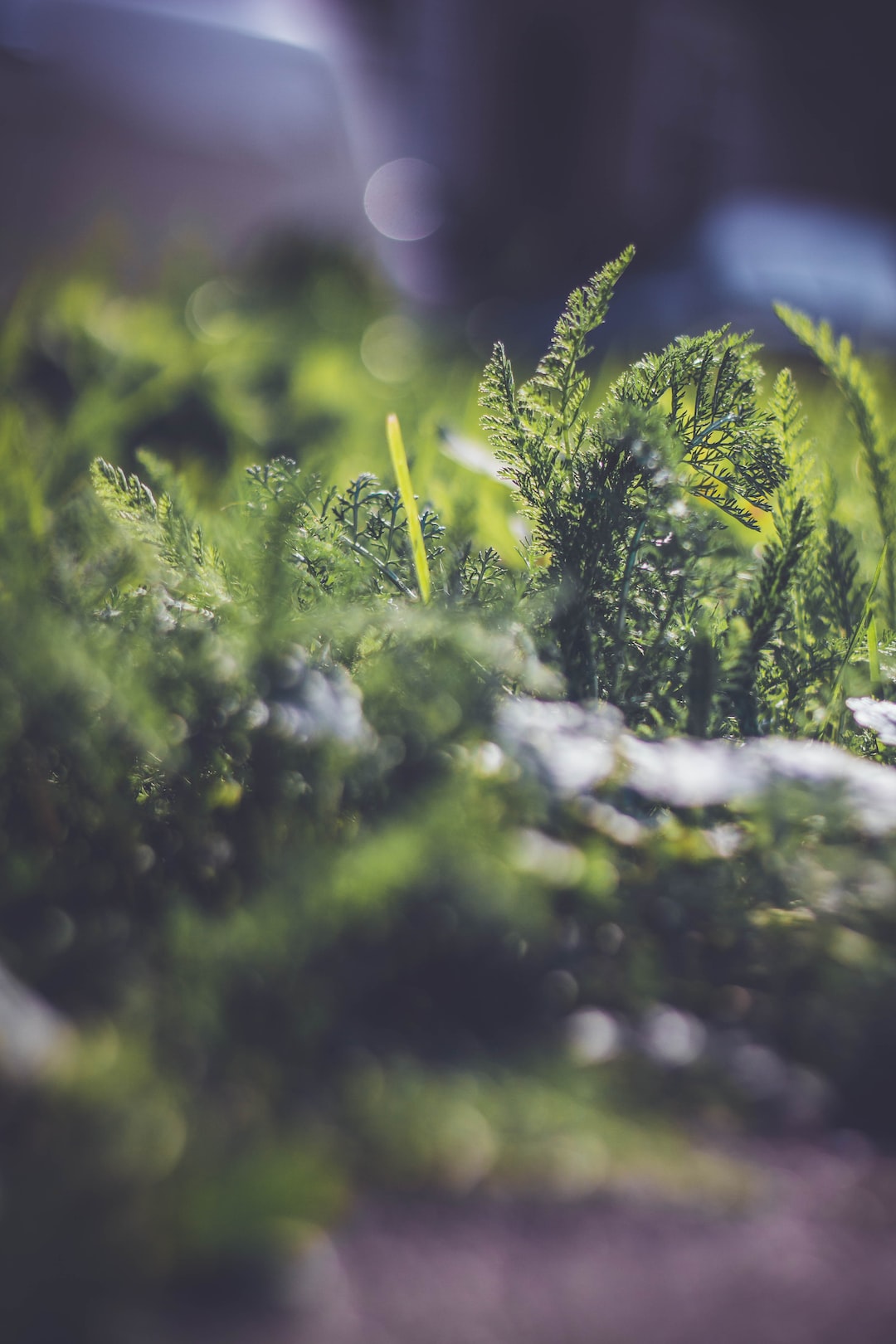The Artistic Legacy of Female Artists: Celebrating Women’s Contributions in the Art World
Throughout history, women have played a crucial role in shaping the art world. Despite facing immense challenges, discrimination, and societal constraints, female artists have persevered and left an indelible artistic legacy that deserves recognition and celebration. From the Renaissance to the contemporary era, women have defied gender boundaries and contributed immensely to the realms of painting, sculpture, photography, and various other mediums. Today, we explore the artistic legacies of these incredible women and their invaluable contributions to the art world.
One of the most prominent female artists of the Renaissance was Artemisia Gentileschi. Born in Rome in 1593, she overcame societal obstacles during a time when painting was predominantly considered a male domain. Inspired by the naturalist style of Caravaggio, Gentileschi’s work centered around biblical and mythical themes, often featuring strong female protagonists. Her iconic painting, “Judith Slaying Holofernes,” is a testament to her incredible talent and has become a pivotal piece in the feminist art movement. Gentileschi’s artistic legacy paved the way for future generations of female artists, proving that talent knows no gender.
Moving forward in time, the Impressionist movement of the late 19th and early 20th centuries brought forth remarkable female artists such as Mary Cassatt and Berthe Morisot. Cassatt, an American artist, was the only American to ever exhibit with the Impressionist group in Paris. Her intimate portrayals of women and children, often set within domestic settings, challenged the perception of women as mere objects of beauty and brought attention to the complexities of femininity and motherhood. Similarly, Berthe Morisot’s ethereal landscapes and intimate scenes captured the essence of the Impressionist movement, often portraying the lives of women in the bourgeois class. These artists broke new ground, both in terms of technique and subject matter, and their invaluable contributions continue to influence artists today.
The modern and contemporary art world also owes a great debt to female artists who fought against the status quo. Frida Kahlo, a Mexican artist, created a visual language that blended her personal experiences with broader political and social contexts. Kahlo’s surreal and symbolic self-portraits remain some of the most iconic and recognized in the art world. Through her art, she explored themes of identity, gender, and Mexican cultural heritage, provoking important conversations about these topics that continue to resonate today.
Another contemporary female artist who has left a profound impact on the art world is Yoko Ono. Known for her conceptual and performance art, Ono’s work challenges traditional notions of art and pushes boundaries. Her collaboration with John Lennon on the famous “Bed-In” and her provocative performances, such as “Cut Piece,” where audience members were invited to cut off pieces of her clothing, sparked conversations about feminism, peace, and the power of art as a vehicle for change.
In addition to these prominent artists, countless other women have made significant contributions to the art world. Yet, it is important to recognize that throughout history, female artists have been underrepresented and undervalued. Institutions and curators have often marginalized their work, resulting in a lack of exposure and recognition. This systematic marginalization has contributed to a significant gender gap that still persists in the art world today.
However, there is hope for change. Initiatives such as the Guerrilla Girls, a collective of feminist artists who aim to expose gender and racial biases within the art world, have fought tirelessly to challenge the male-dominated art establishment. Exhibitions and retrospectives dedicated exclusively to female artists are now becoming more prevalent, and there is a growing recognition of the need for inclusivity and diverse perspectives within the art world.
As we celebrate Women’s History Month and beyond, it is crucial to acknowledge and appreciate the artistic legacies of these incredible female artists. Their contributions have not only shaped the art world but have also challenged societal norms and paved the way for future generations of female artists. By amplifying their voices and stories, we can ensure that their artistic legacy continues to inspire and empower women in the art world and beyond. Let us celebrate the artistic brilliance of these women and work towards a more inclusive and equitable art world for all.

